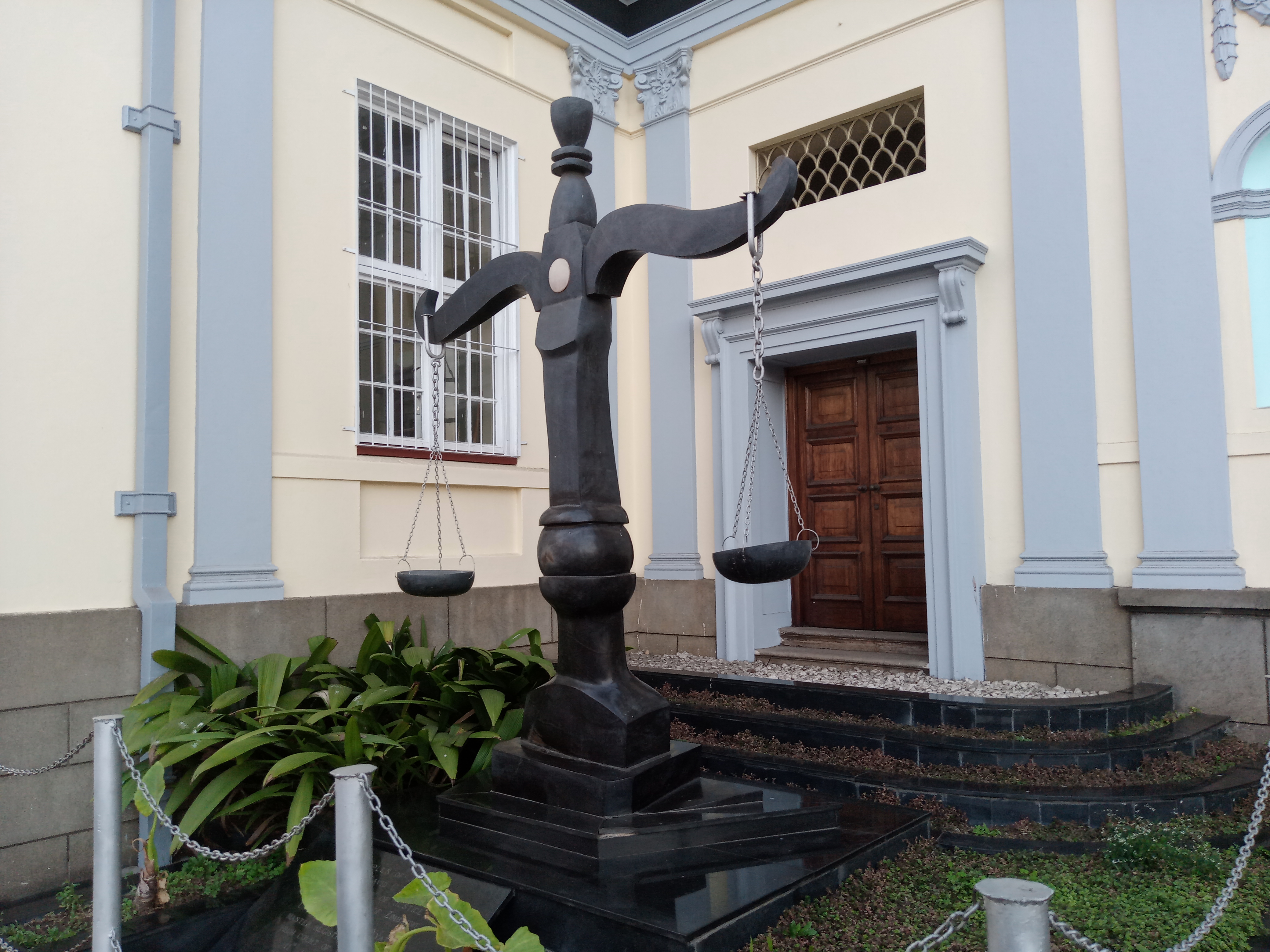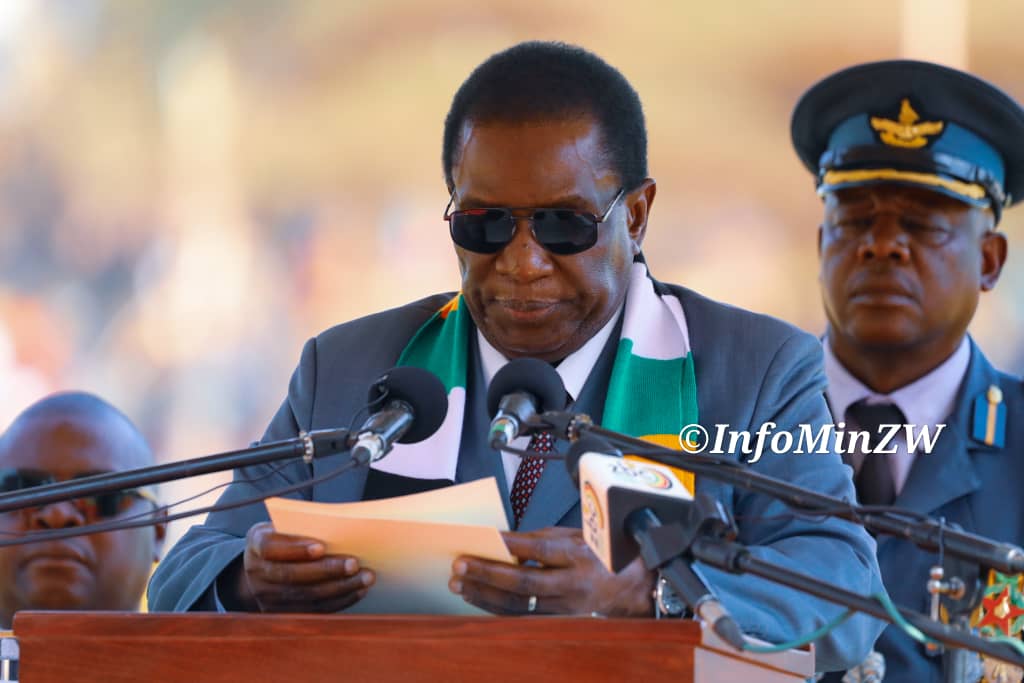Virtual court sittings on the cards
Share

Harare (New Ziana) –Plans are at an advanced stage to introduce virtual court sessions as the Judicial Services Commission (JSC) moves to ensure the COVID-19 pandemic does not disrupt the delivery of justice.
Chief Justice Luke Malaba said this while officially opening the 2021 legal year.
He said court sittings had been highly affected by the lockdown measures instituted by the government since last year.
“Courts could not afford to lag behind in harnessing the potential of ICT in ensuring that access to justice is not disrupted,” he said.
“To this end, plans to introduce virtual court sittings are at an advanced stage. The process involves presentation of submissions by litigants and parties to disputes without them being required to be physically present at court.
“This digitisation of the courts and their processes has already been adopted and is in use in other jurisdictions in the region and beyond. We must as an institution see beyond the COVID-19 pandemic.”
Malaba added: “The JSC has entered into memoranda of understanding with cooperating partners such as the UNDP, ICJ and UNICEF to assist with the establishment of virtual courts throughout the country. One courtroom at Harare Magistrates’ Court has already been fitted with virtual court equipment which connects the court to Harare Remand Prison. A pilot run of the equipment was successfully done towards the end of 2020.”
He said the JSC had not been spared by the COVID-19 pandemic, as currently there were a total of 31 confirmed cases amongst the members of the organisation, with two in critical condition while one died on January 5.
Turning to prospects for the JSC in 2021, Malaba said the theme for the year was derived from one of the goals that are set out in the JSC’s new Strategic Plan.
The theme is “Ensuring an Efficient and Effective Judiciary.”
Malaba said the JSC would pursue several strategies to promote greater access to justice, by decentralising courts, establishing an integrated electronic case management system, reviewing and rationalising legal costs and improving physical access to the courts by people with disabilities.
For the year 2020, Malaba said all the courts generally performed well, but there was a reduction of cases received due to the COVID-19 lockdown.
“The Constitutional court case backlog for the legal year 2020 decreased considerably by 76 percent (28 cases). The work-load of the Constitutional Court decreased by 61 percent (23 cases) as compared to the previous year,” he said.
“The Supreme court had a clearance rate of 107 percent in the period under review. It managed to clear more cases than it received. There are 379 cases being carried over to 2021. The overall backlog was reduced by 55 cases.
“The High Court received 6 259 less cases as compared to the previous year. Although COVID-19 took most of the time from the court, the backlog went down by 2 212 cases. The clearance rate was 92 percnt.”
Turning to disciplinary issues within the JSC, Malaba said: “In 2020, two judges had cases of misconduct referred by the JSC to the President to set up tribunals to investigate the question of their removal from office. Five magistrates went through disciplinary hearings, resulting in their discharge from service on allegations ranging from corruption to inefficiency and incompetency.”
He added: “A cocktail of measures has been devised to enhance the monitoring of the performance and output of each judicial officer. Among such measures is the requirement that all Heads of Courts account to the Chief Justice in terms of the performance of their courts and staff. That includes the performance of judicial officers.
“The Heads of Courts apprise the Chief Justice of the performance of their respective courts at briefings, which are scheduled on a monthly basis. These meetings are augmented by monthly statistical reports detailing the performance of each court. The reports record the workload and the performance of each judicial officer in relation to the number of cases received and finalised, judgments reserved and backlog of pending cases. This is done to monitor the efficiency of each court and each judicial officer and to ensure that corrective action is swiftly taken where necessary.”
New Ziana









